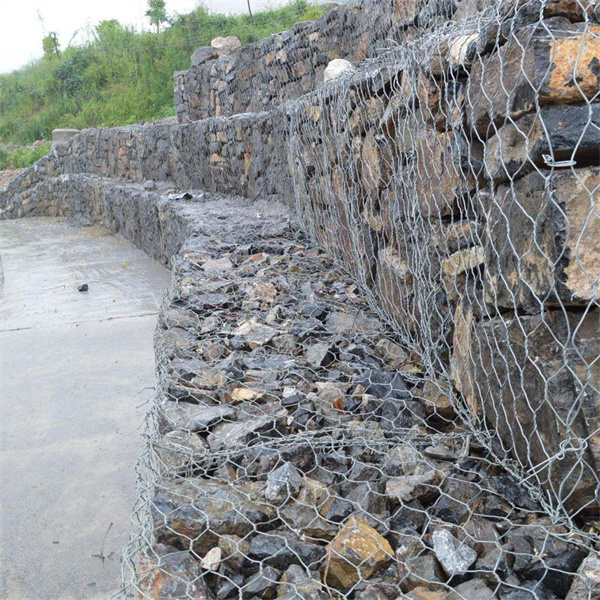Dic . 07, 2024 13:53 Back to list
china gabion hill
The Significance of Gabion Structures in China for Hill Stabilization
In recent years, the rise of infrastructure development in China has brought forth numerous challenges, particularly in the realm of soil erosion and land stability. One innovative solution that has gained traction in the country is the use of gabion structures. These durable, wire mesh containers filled with rocks or concrete are not only environmentally friendly but also effective in addressing hillside stabilization issues.
Understanding Gabion Structures
Gabions are traditionally used in civil engineering and landscape architecture. They consist of wire mesh baskets filled with stones or other materials, allowing for flexible, permeable, and strong constructions. Their design enables water to flow through them, reducing the pressure on the structure while preventing soil erosion. As a means of hillside reinforcement, gabions play a pivotal role, especially in a country like China, which is prone to landslides due to its diverse topography and heavy rainfall.
Application of Gabions in Chinese Landscape
China's mountainous regions, such as the Himalayas and Taihang Mountains, face significant erosion problems. Heavy rains can lead to catastrophic landslides, threatening both natural habitats and human settlements. Gabion walls are strategically placed along vulnerable slopes to absorb the impact of falling rocks and to stabilize soil. Additionally, they are cost-effective solutions when compared to traditional concrete retaining walls, which can be expensive and have a higher ecological footprint.
The use of gabion structures extends beyond mere stability; they also enhance the aesthetic appeal of the landscape. By selecting local stones that blend with the surrounding environment, builders can create visually pleasing structures that harmonize with nature.
china gabion hill

Environmental Benefits
One of the most compelling aspects of gabion technology is its eco-friendliness. Unlike concrete solutions, gabions do not produce environmentally harmful runoff. The voids in these structures allow for the natural drainage of water, which helps maintain the site's hydrology. Furthermore, they provide habitat for various species, contributing to biodiversity. Over time, as plants begin to grow within and around gabion structures, they can further enhance soil stability and contribute to the local ecosystem's health.
Challenges and Considerations
While gabion structures offer numerous benefits, they are not without challenges. The quality of the materials used in constructing gabions, particularly the wire mesh, is crucial for their longevity. Poor-quality materials may lead to rusting or structural failure over time. Additionally, while gabions can effectively manage erosion on gentle to moderate slopes, they are not always suitable for very steep terrains or areas subject to extreme geological forces.
Conclusion
In conclusion, the application of gabion structures in China's hilly regions represents a forward-thinking approach to engineering solutions. Balancing functionality with environmental stewardship, gabions provide an effective method for hillside stabilization while enhancing the aesthetics of the landscape. As urbanization continues to rise and the effects of climate change become increasingly pronounced, the use of innovative materials and techniques like gabions will play an essential role in ensuring both human safety and environmental sustainability. By adopting these structures, China is setting a standard for resilient infrastructure development that other nations can emulate, paving the way toward a more sustainable future.
-
Why PVC Coated Gabion Mattress Is the Best Solution for Long-Term Erosion Control
NewsMay.23,2025
-
Gabion Wire Mesh: The Reinforced Solution for Modern Construction and Landscape Design
NewsMay.23,2025
-
Gabion Wall: The Flexible, Seismic-Resistant Solution for Modern Landscaping and Construction
NewsMay.23,2025
-
Gabion Wall Solutions: The Durable, Decorative, and Affordable Choice for Every Landscape
NewsMay.23,2025
-
Gabion Basket: The Durable and Flexible Alternative to Traditional Retaining Walls
NewsMay.23,2025
-
Gabion Basket: The Proven Solution for Slope Stability and Flood Control
NewsMay.23,2025
-
Versatility of Chain Link Fence Gabion
NewsMay.13,2025






